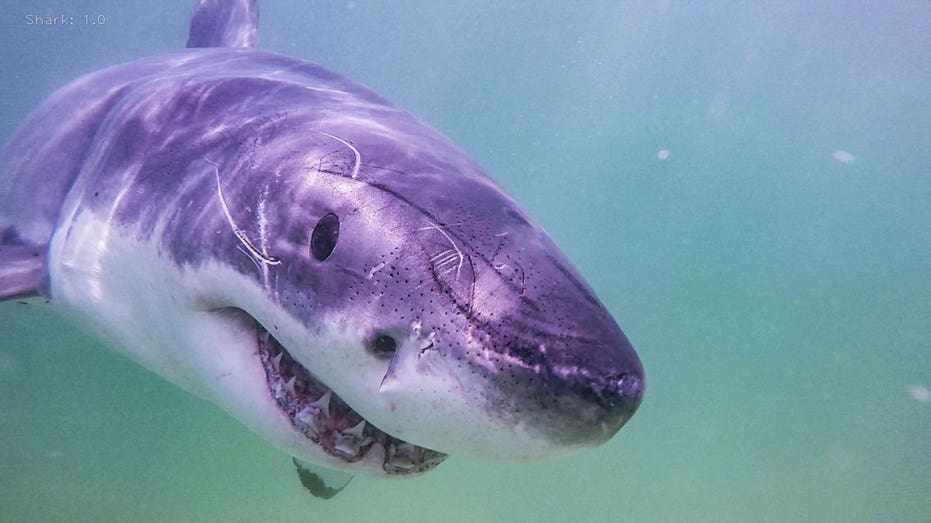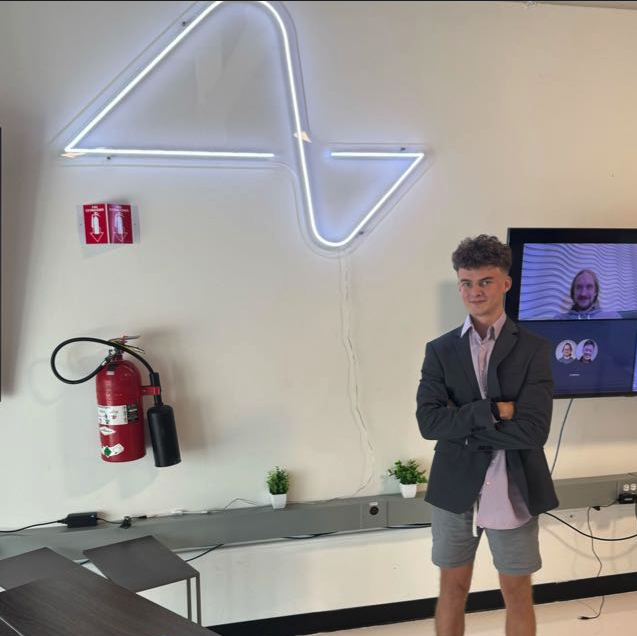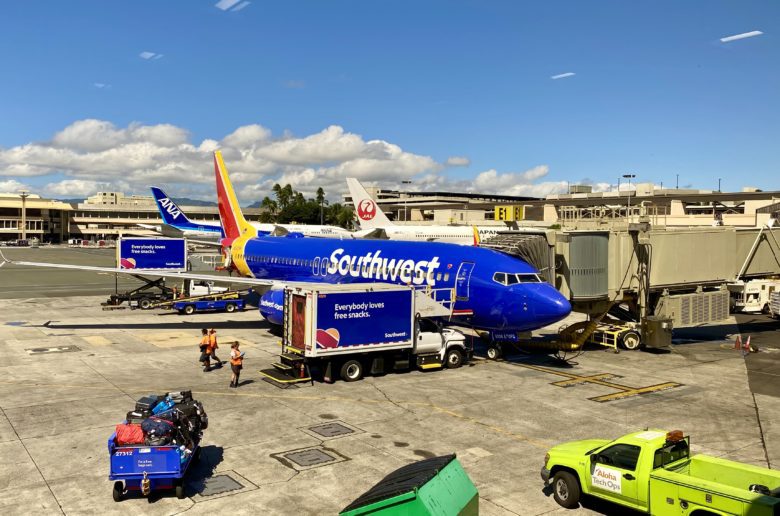The Software Evolution in the Era of Large Language Models: Dinosaur-like Software vs. Monkey Troop-like Software
During the Chinese Spring Festival, two major events in the IT industry continued to make waves. One was the open-sourcing of China's large language model DeepSeek R1, which shocked the global AI community, enabling affordable large language models to reach thousands of households and bringing pride to the Chinese tech community. The other was that Juran Home sued SAP in court, demanding compensation of 5.9 million yuan for development costs and 17 million yuan for software costs. Eventually, the court ruled that SAP should refund 3.5 million yuan in R & D costs. Behind these two events, there is an irresistible historical trend: In the era of large language models, the era of the dinosaur-like software ecosystem is ending, and the era of the monkey-troop collaboration ecosystem is on the rise. Dinosaur-like software is software that attempts to be all-inclusive and covers all enterprise requirements with an "integrated solution", such as traditional giant ERP systems. Monkey - Troop-like software, on the other hand, is professional software focused on a specific field. It has strong technical expertise and focus. Enterprises need to flexibly assemble multiple software to form a solution suitable for themselves. For example, the SaaS software ecosystem in the United States is such a case. Why are Dinosaur - like Softwares like SAP Declining in China? Software like SAP is not unprofessional. However, the processes and management models of China's retail and manufacturing industries have exceeded the cognitive boundaries of the era when SAP was born. In other words, the processes and systems that were popular in the German manufacturing system in the past are difficult to meet the requirements of China's Intelligent Manufacturing 2025. Therefore, an upgrade is necessary. However, a systematic software suitable for the Chinese market has not been fully formed, and the intelligent manufacturing model is still undergoing drastic changes and cannot be condensed into a fixed cognitive system, nor can it be condensed into a fixed new "giant" software architecture. In this environment, large-scale software is like dinosaurs in the Cretaceous period, which is difficult to adapt quickly to changes. In contrast, small and flexible "monkey-troop-like" software is more competitive. Enterprise solutions have also shifted from "buying one large and comprehensive software" to "assembling the most suitable solution with multiple software modules, just like building with Lego blocks". This model underwent a transformation during the rapid development of the Internet in the United States, and eventually, the SaaS model emerged. In the past decade in China, due to the existence of a large number of low-cost 996 engineers, many Internet and large enterprises chose to build and customize their own systems. However, with the increase in labor costs and the growing pressure on enterprises to reduce costs and increase efficiency, enterprises are re-evaluating their software procurement strategies, and the advantages of solutions composed of multiple professional software ecosystem companies are gradually emerging. SAP is not outdated. It's just that its "one - size - fits - all" model cannot meet the rapidly developing needs of Chinese customers. DeepSeek and Other Affordable Large Language Models: An Asteroid-level Disaster for Dinosaur-like Software If the changes in China's industries pose a challenge to dinosaur-like software, then the rise of DeepSeek and domestic affordable large language models is an "asteroid-level disaster" for this software. The rise of affordable large language models is undermining the core competitiveness of dinosaur-type software: The Threshold of Function Stacking is Destroyed: In the past, the advantage of dinosaur-like software lay in its comprehensive functions. However, large language models can automatically generate business processes and code, making "having many functions" no longer a barrier. Code is no longer scarce, and what is truly scarce is in-depth industry knowledge. In the future, the way enterprises build business processes will shift from low-code and no-code to "automatic generation by natural language". The Change of Software User Roles: In the past, it was "people using software", but in the future, it will be "AI using software", and humans will only be responsible for supervision and adjustment. This means that small, flexible, and professional software will be more adaptable than large dinosaur-like software. Since large language models make software writing "effortless", the core competitiveness of software should not lie in constantly expanding its functional boundaries or continuously customizing to fit enterprise requirements, because enterprises are more proficient in this and can obtain such customization more easily. Software needs to be specialized and in-depth in its professional field, creating a high enough threshold that is

During the Chinese Spring Festival, two major events in the IT industry continued to make waves. One was the open-sourcing of China's large language model DeepSeek R1, which shocked the global AI community, enabling affordable large language models to reach thousands of households and bringing pride to the Chinese tech community. The other was that Juran Home sued SAP in court, demanding compensation of 5.9 million yuan for development costs and 17 million yuan for software costs. Eventually, the court ruled that SAP should refund 3.5 million yuan in R & D costs. Behind these two events, there is an irresistible historical trend:
In the era of large language models, the era of the dinosaur-like software ecosystem is ending, and the era of the monkey-troop collaboration ecosystem is on the rise.
Dinosaur-like software is software that attempts to be all-inclusive and covers all enterprise requirements with an "integrated solution", such as traditional giant ERP systems.
Monkey - Troop-like software, on the other hand, is professional software focused on a specific field. It has strong technical expertise and focus. Enterprises need to flexibly assemble multiple software to form a solution suitable for themselves. For example, the SaaS software ecosystem in the United States is such a case.
Why are Dinosaur - like Softwares like SAP Declining in China?
Software like SAP is not unprofessional. However, the processes and management models of China's retail and manufacturing industries have exceeded the cognitive boundaries of the era when SAP was born. In other words, the processes and systems that were popular in the German manufacturing system in the past are difficult to meet the requirements of China's Intelligent Manufacturing 2025. Therefore, an upgrade is necessary. However, a systematic software suitable for the Chinese market has not been fully formed, and the intelligent manufacturing model is still undergoing drastic changes and cannot be condensed into a fixed cognitive system, nor can it be condensed into a fixed new "giant" software architecture.
In this environment, large-scale software is like dinosaurs in the Cretaceous period, which is difficult to adapt quickly to changes. In contrast, small and flexible "monkey-troop-like" software is more competitive.
Enterprise solutions have also shifted from "buying one large and comprehensive software" to "assembling the most suitable solution with multiple software modules, just like building with Lego blocks". This model underwent a transformation during the rapid development of the Internet in the United States, and eventually, the SaaS model emerged. In the past decade in China, due to the existence of a large number of low-cost 996 engineers, many Internet and large enterprises chose to build and customize their own systems. However, with the increase in labor costs and the growing pressure on enterprises to reduce costs and increase efficiency, enterprises are re-evaluating their software procurement strategies, and the advantages of solutions composed of multiple professional software ecosystem companies are gradually emerging.
SAP is not outdated. It's just that its "one - size - fits - all" model cannot meet the rapidly developing needs of Chinese customers.
DeepSeek and Other Affordable Large Language Models: An Asteroid-level Disaster for Dinosaur-like Software
If the changes in China's industries pose a challenge to dinosaur-like software, then the rise of DeepSeek and domestic affordable large language models is an "asteroid-level disaster" for this software.
The rise of affordable large language models is undermining the core competitiveness of dinosaur-type software:
- The Threshold of Function Stacking is Destroyed: In the past, the advantage of dinosaur-like software lay in its comprehensive functions. However, large language models can automatically generate business processes and code, making "having many functions" no longer a barrier. Code is no longer scarce, and what is truly scarce is in-depth industry knowledge. In the future, the way enterprises build business processes will shift from low-code and no-code to "automatic generation by natural language".
- The Change of Software User Roles: In the past, it was "people using software", but in the future, it will be "AI using software", and humans will only be responsible for supervision and adjustment. This means that small, flexible, and professional software will be more adaptable than large dinosaur-like software.
Since large language models make software writing "effortless", the core competitiveness of software should not lie in constantly expanding its functional boundaries or continuously customizing to fit enterprise requirements, because enterprises are more proficient in this and can obtain such customization more easily. Software needs to be specialized and in-depth in its professional field, creating a high enough threshold that is difficult for large language models and enterprise IT departments to cross.
During the great biological explosion after the extinction of dinosaurs, it was not the strongest individuals that survived, but the small mammals with the best collaborative abilities and the greatest adaptability to environmental changes.
The Ice Age is Not a Bad Thing, but a Catalyst for Survival of the Fittest
In the market downturn, we can see the following situation: From 2023 to 2024, the number of start-ups supported by VC funding dropped precipitously. In 2018, US dollar-denominated capital was invested in 50,000 Chinese enterprises, but in 2024, only 260 enterprises received investment, a decrease of 99.48%. The cooling of the capital market is a process of "survival of the fittest" for the Chinese software industry, forcing enterprises to shift from borderless competition to efficient division of labor. I believe that the failure of the Chinese SaaS industry in the past decade cannot be solely attributed to the challenges of private - deployment. Instead, it was due to the over-influx of capital, which led to SaaS companies expanding wildly their product boundaries, engaging in low-price dumping in popular tracks, and lacking upstream collaboration, ultimately dragging down the entire industry.
Now, the capital winter is forcing the software industry to shift towards a "monkey-troop collaboration ecosystem", enabling tens of thousands of professional software companies in niche fields to form a highly collaborative "Chinese software supply chain" for more efficient resource integration. Replicating the hardware supply chain system of "Made in China" is the ultimate way out.
In the future, enterprises will not need a dinosaur-like software that covers all requirements. Instead, they will need a "monkey-troop collaboration software ecosystem" where each member can work together and has its strengths.
My Personal Experience: Changes in the Monkey-Troop Collaboration Ecosystem in 2025
I have deeply felt the changes in the "monkey-troop collaboration ecosystem" at the beginning of this year through my practice at WhaleOps.
WhaleOps is a company that focuses on open-source original work in data development, data transmission, and ETL processing, centered around Apache DolphinScheduler and Apache SeaTunnel. In the past few years, each OLAP, data warehouse, and large language model vendor (which I compare to a data oilfield) would build its own set of data processing tools (which I compare to the refining and pipelines for data crude oil). However, they gradually realized that:
- The core competitiveness of a data oilfield lies in oil production (data storage, calculation, and deduction), not in data transmission and refining.
- Refining and transmission is a highly specialized field. It is not easy to efficiently refine and transmit to hundreds of data oilfields, and implementation and environmental adaptation require a professional methodology and system for guidance.
Since the beginning of 2025, I have encountered more and more database and large language model companies actively seeking cooperation with WhaleOps instead of reinventing the wheel. From this, we can infer that the Chinese software industry is shifting from the solo-playing dinosaur model to the more synergistic monkey-troop model.
Only by focusing on their own core business can enterprises survive in the era of great change. If they try to become all-powerful dinosaurs, they will eventually be eliminated by the times.
Conclusion: In the Era of Great Change, Dinosaurs Will Perish, and Monkey Troops Will Evolve into Humans
At the beginning of 2025, many shocking events occurred in the tech community, and this will be the norm in 2025. During the drastic changes of the times, dinosaurs find it most difficult to adapt, while flexible and collaborative monkey troops will be the future kings.
Inevitably, some monkey troops will be eliminated in the competition, but the ones that remain will eventually evolve into the dominant players in the future software ecosystem, just as humans eventually replaced dinosaurs to rule the earth.
In this era, enterprises that choose the dinosaur model are moving towards the end of history, while those that choose the monkey-troop ecosystem are moving towards an infinite future.




































































